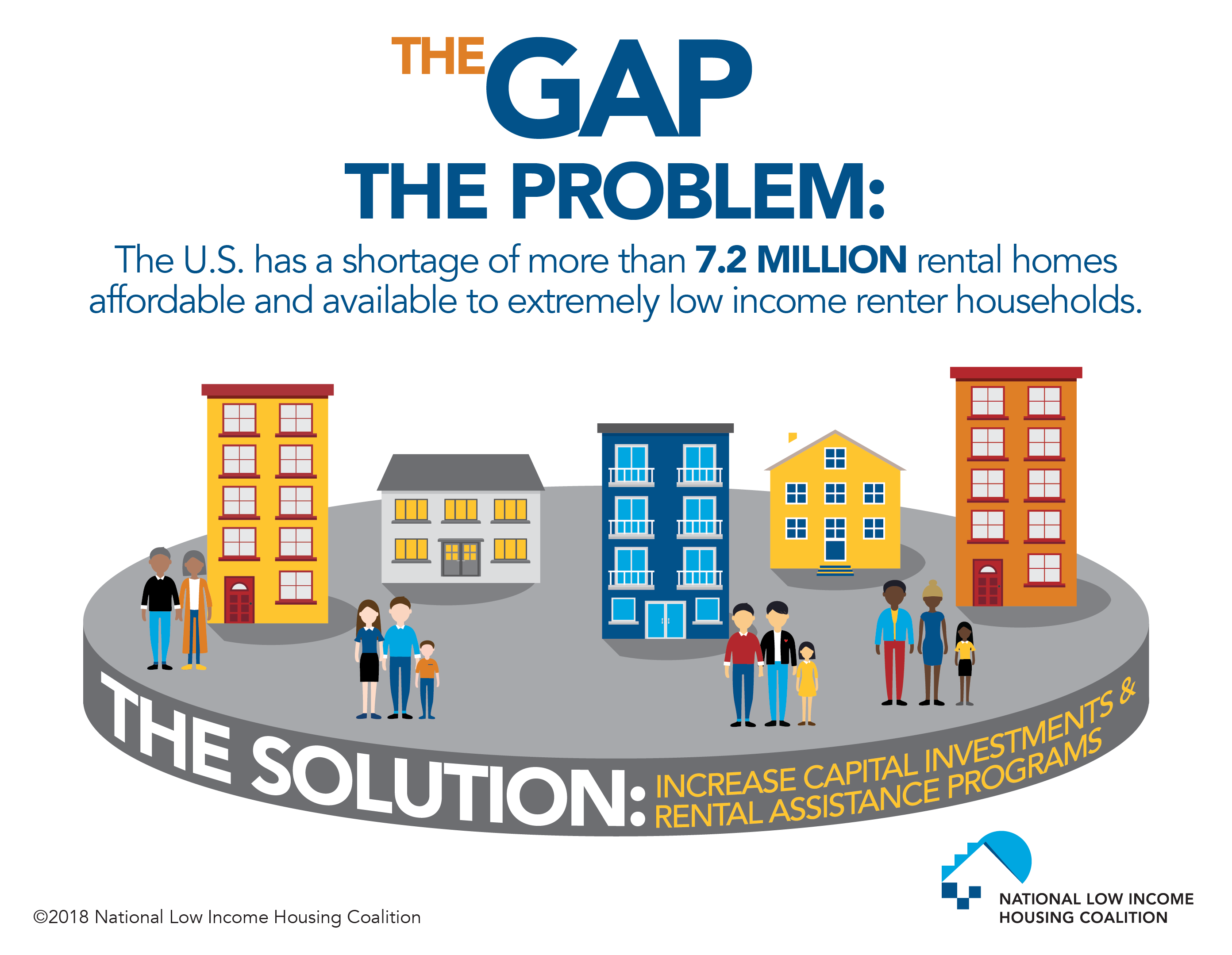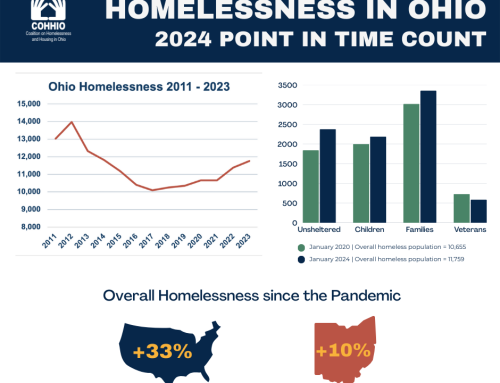Ohio has a severe shortage of homes that are affordable to poor Ohioans, according to a report issued Tuesday, but the ongoing housing affordability crisis has barely registered among the state’s 2018 candidates.
The National Low Income Housing Coalition’s latest Gap Report found only 42 rental units are affordable and available for every 100 extremely low-income tenant households in Ohio. That means 68 percent of the state’s 450,759 poorest families are spending over half their income on rent.
Bill Faith, executive director of the Coalition on Homelessness and Housing in Ohio, urged political candidates from both parties to discuss solutions to address the state’s affordable housing gap.
“We hear a lot about the opiate epidemic, infant mortality, jobs, and education. But the candidates haven’t said much about Ohio’s affordable housing crunch yet,” Faith said. “Housing is key to fixing all these issues. People need a safe, decent affordable place to live in order to recover from addiction, raise a healthy baby, hold down a job, and do well in school. We’ll never build a healthier, wealthier, better educated Ohio unless we first stabilize our foundation – housing.”
The average renter in Ohio earns $12.87/hour, which is less than the $15/hour needed to afford a basic two-bedroom apartment, according to a separate NLIHC report. A minimum-wage worker would have to work 57 hours a week to avoid spending over 30 percent of their household income on rent – the federal standard for housing affordability.
Diane Yentel, NLIHC president and CEO, said households with severe rent burdens spend 75 percent less on health care than similar poor families with affordable rent and 40 percent less on food.
“The Gap shows why millions of low income renters constantly struggle, forced to make impossible decisions between paying for rent, healthcare or food. Being cost-burdened makes it difficult for households to save for emergencies and puts families at greater risk for homelessness,” Yentel said. “Policymakers must make the investments in affordable housing programs needed to serve all of their constituents.”
COHHIO, along with other members of the Home Matters to Ohio coalition, is calling on state leaders to expand the Ohio Housing Trust Fund, the primary source of state funding for homeless services and affordable housing development and rehabilitation. The Housing Trust Fund also funds home repair and accessibility upgrades that help keep low-income seniors and disabled Ohioans in their own homes.
COHHIO has also been urging members of Ohio’s congressional delegation to fully fund federal programs like rental assistance and homeless grants that have been proven effective in addressing housing insecurity for especially vulnerable populations, like homeless veterans, extremely low-income seniors, and people with disabilities and mental illness.
“Safe, decent, affordable housing is essential for healthy families and thriving communities. Given the ongoing shortage of affordable housing, it’s no wonder so many Ohio families and communities are struggling,” Faith said. “With a new crop of state and federal candidates on the ballot this year, we’re hopeful that our state will gain a fresh perspective to start closing the housing affordability gap.”








